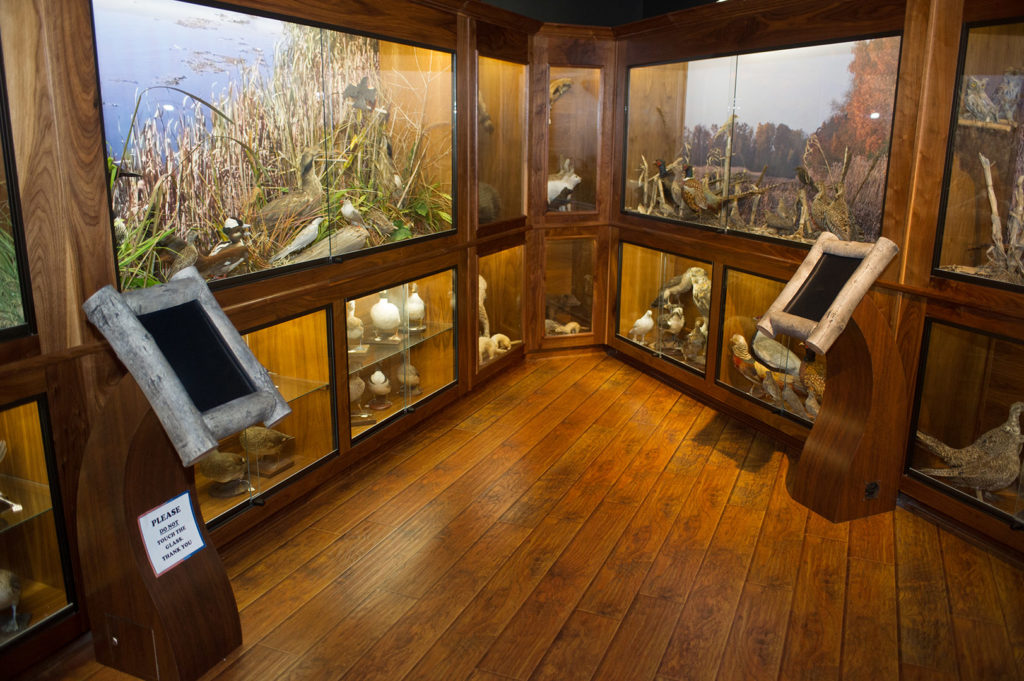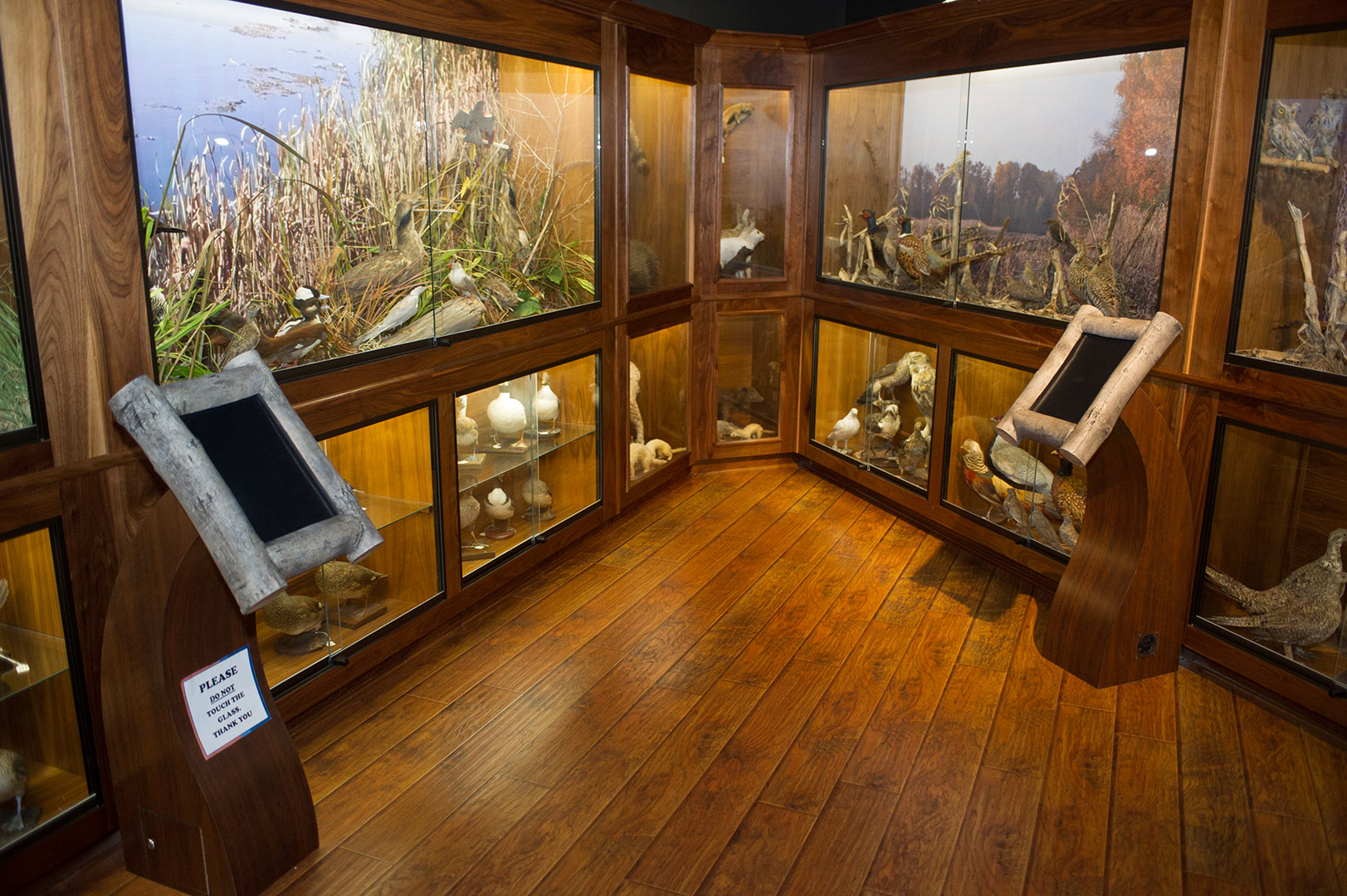
What are touchscreens good for? Ok, we know that sounds like an odd question when most people carry touchscreens in their pockets. Just bear with us for a minute.
We’ll talk today about some touchscreen displays ZENTX built for two groups that you might not think would need touchscreens. The first was a small museum and the second was a church. So before we dive into this next Signature Solutions article, let’s consider: why might these organizations want touchscreens?
Why Touchscreens?
In a nutshell, the big advantage of a touchscreen display is that it’s pretty easy to use. Those aforementioned touchscreens in our pockets have made people generally familiar with how they work. Even if someone doesn’t use a touchscreen regularly, there’s all kinds of ways to signal which parts (like buttons) are important and how the user should navigate the system.
Moreover, touchscreens are a good way to involve people personally with your material. They give users the opportunity to control what they look at and focus on what interests them. And whenever you can find something that combines audience engagement and ease of use, that’s probably an efficient way to provide information — which is exactly what our two clients, the Empey Learning Center and Midland’s First United Methodist Church, wanted.
Taming the Chaos

The Empey Learning Center is a small, independent museum in our hometown of Freeland, MI. It’s a collection of taxidermied animals, mostly birds, mostly native to Michigan. The majority of the specimens were collected and prepared by a local self-taught taxidermist, Miller Empey, starting in the late 1800s.
Empey and his family wanted to make sure his large collection could educate future generations, so they established a private, free-admittance museum with it. When we got called in, the museum was about to move to a new location above the Freeland SportsZone.

With about 270 of Michigan’s native birds represented in the collection, not to mention mammal specimens and bird eggs, the museum needed a way to help visitors identify each creature. It also had to be useful even for visitors with no prior biology knowledge.
We designed the touchscreen kiosks to make searching as easy as possible. Each cabinet is represented by a large picture on one of the kiosks. Visitors can select the picture, and then tap on each animal within the photo to identify it.
This visual approach means you don’t have to have any idea what the creature’s name is. You can simply match the animal in the photo to the actual one that caught your eye. Each entry includes the animal’s common and scientific names, plus info about where and when that particular specimen was collected.
Helping the Visitors

Interestingly enough, our projects for First United Methodist Church of Midland were also about increased searchability. The church’s grounds include a memorial garden to honor its deceased members. At the time, the only information there about the people remembered was just a list of names.
First UMC wanted to supply more details, not to mention make the names easier to find. So we created a touchscreen display that lets visitors look up people by the first letter of their last name. That way, relatives don’t need to filter through every single name. Taking advantage of a touchscreen’s greater space, First UMC expanded each entry to include a brief obituary, besides the person’s name and dates.

We set up a similar system inside. The sanctuary, which was designed by Alden B. Dow, is lined with windows made up of many small panes. People can sponsor one of these small windows in honor of a relative, replacing the plain original pane with one bearing a symbol of some sort. In the past, the only directory to these windows was a plaque giving very basic information.
The touchscreen display we developed to replace the plaque works like the one outside. Visitors can search for a certain name without looking at every entry. The page for each name includes a photo of the window, making it crystal-clear which one goes with it. It even gives a brief explanation of the window’s symbol.
First UMC wanted to make sure the display wasn’t distracting. So, we designed the frame and graphics to harmonize with the sanctuary’s distinctive style. The results turned out to be attractive in their own right. More importantly, they help First UMC honor its members and make the lookup process easier for visitors.
That’s really what both of these projects were about — making things easier on visitors. So, what are touchscreens good for? Let’s see: texting, checking Facebook, watching cat videos, making info easier to find and understand. Not a half bad list, if you ask us.
